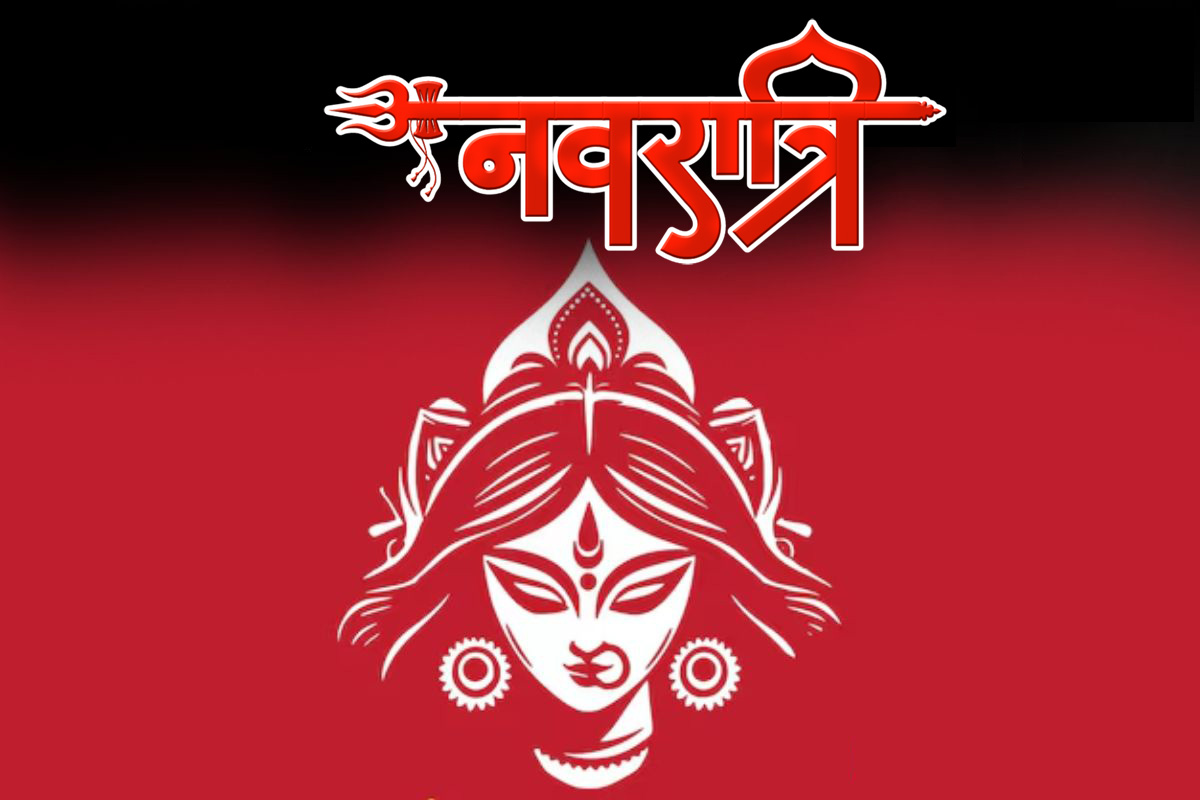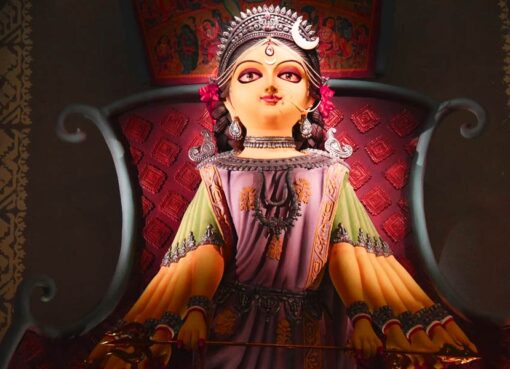Navratri/ Navratra

Navratri/Navratra
Chaitra Navaratri 2025 in India will begin on Sunday, 30 March and ends on Monday, 7 April 2025.
Shardiya Navaratri 2025 in India will begin on Monday, 22 September and ends on Thursday, 2 October 2025.
Navratri (Navratra) is a Hindu festival that spans nine nights (and ten days) and is celebrated twice every year in the month of Chaitra (Spring) and Sharad (Autumn). Apart from these, there are two lesser known navratris’ Ashadha and Magh Navratri known as Gupt Navratri. They are not as popular as Chaitra or Shardiya Navratri. It is observed for different reasons and celebrated differently in various parts of the India. However, in practice, it is the post-monsoon autumn festival called Sharada Navaratri that is the most observed in the honor of the divine feminine Devi (Durga). The festival is celebrated in the bright half of the Hindu calendar month Ashvin, which typically falls in the Gregorian months of September and October. As, each day of these nine days is devoted to nine form of supreme Goddess, three set of three days adore different facet of mother power. First three days are devoted to Supreme source of power, Goddess Durga. The Goddess is destined to all ours ills, evils and defects. Another segment of three days is devoted to Goddess of spiritual wealth, Laxmi. Goddess Laxmi is considered to have power to bless her devotees with never-ending wealth. In final segment of three days, Goddess of wisdom, Saraswati is worshipped. Goddess Saraswati brings overall success in life and a medium for spiritual enlightenment. Mother Durga is adored under nine different names on each day of Navratri. Every day she gets a new personality, nature, appearance, and obligation. These nine forms of Mother Durga are:
First Day Puja
The first day of Navratri Puja is devoted to Shailputri. Goddess Shailputri is daughter of Himalayas. She is a form of Mata Shakti (Goddess of Power) and spouse of Lord Shiva.
Second Day Puja
On the second day of Navratri Goddess Brahmacharini is worshipped in homes and temples. The word ‘Brahmcharini’ is derivative of the word Brahma, which stands for Tapa (Penance). This form of Mata Shakti is close to Uma or Parvati.
Third Day Puja
Goddess Chandraghanta is worshipped on the third day of Navratri. She is considered to be Goddess of beauty and bravery.
Fourth Day Puja
The form of Mata Shakti which is worshipped fourth day of Navratri is Kushmanda. As per Hindu mythology, it is considered that the Goddess Kushmanda has originated this entire Universe by her laugh.
Fifth Day Puja
Devotees worship Skand Mata on the fifth day of Navratri. Skanda is chief warrior of God’s army and Goddess is mother of Skanda that is why the Goddess is called Skand Mata.
Sixth Day Puja
Sixth day of Navratri is intended for Devi Katyayani. In her typical image, the goddess Katyayani seated on lion and has tree eyes and four legs.
Seventh Day Puja
On the seventh day of Navratri festival, devotees worship and adore the Goddess Kalratri. As name indicates Devi Kalratri is as black as a dark night and she is notorious to eliminate fear from her devotee’s heart.
Eighth Day Puja
Maha Gauri is the form of Mother Durga which is worshipped on eighth day of Navratri. The Goddess Maha Gauri signifies calmness and endorses wisdom. As name suggest, she is considered enormously beautiful. Her color is like snow and adorned with white colored jewelries.
Ninth Day Puja
Ninth form of the Goddess Durga, Siddhidatri is worshiped on the ninth day of Navratri. She is Goddess of all eight siddhis and is worshipped by all Yogis, Sadhakas, Siddhas and Rishi-Munis.
Navratri Vrat Paran/ BijoyaDashami/ Vijaya Dashmi/ Dassehra is celebrated on the Tenth Day.
Apart from worshipping the nine forms of Durga devotees also pray to the Ten Maha Vidyas. They are – Kali, Tara Devi, Tripur Sundari, Bhuvaneshwari, Chhinnamastika, Tripur Bhairavi, Dhumavati, Bagalamukhi, Matangi and Kamalatmika.






Leave a Comment